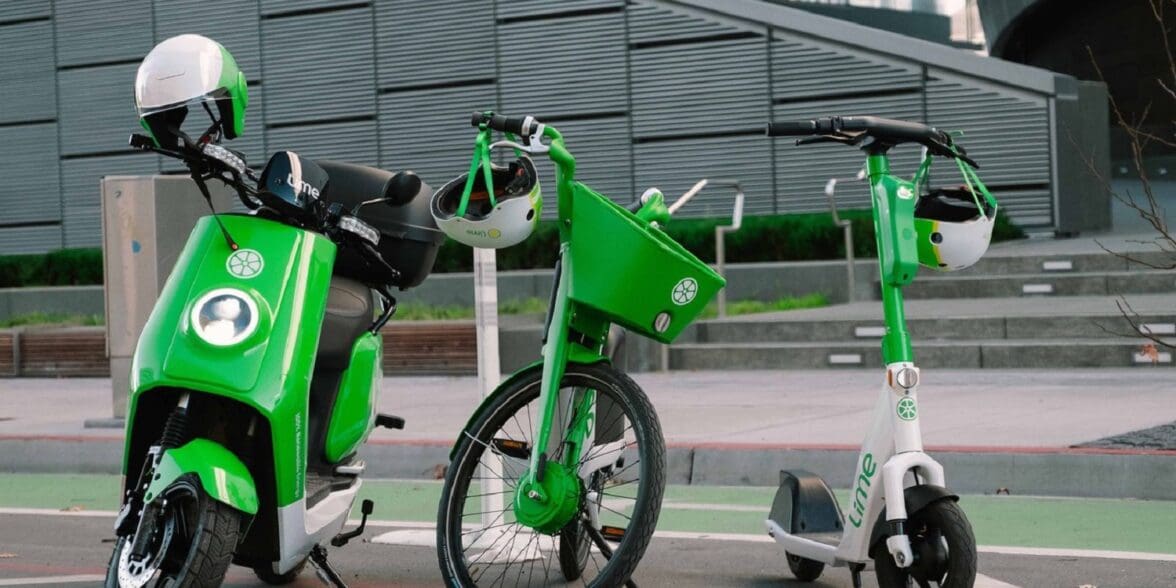With the relatively recent rise of the electric vehicle market and its rapid expansion, some may feel like they’ve been left in the dust. However, you have nothing to worry about! We’ve compiled a complete glossary of common PEV terms and tools, translating technical terms and acronyms used in this industry into simple, straightforward definitions.
So without delay, let’s begin our glossary of PLEV terms—starting with cars, powered transporters, and other electric vehicles:
Cars, Automotives, & Vehicles
ATV
All-Terrain Vehicle
This term usually refers to off-road buggies, but can also cover quad bikes, electric dirt bikes, and more. Discover the best ATVs of 2021 here.
BEV
Battery Electric Vehicle
Occasionally cited as ‘pure electric’, ‘only-electric’, and ‘fully electric’ vehicles, a BEV utilises chemical energy stored via rechargeable battery packs; there is no internal combustion engine and such models run off electricity only.
Not to be confused with a soothing beverage, a ‘BEV’ typically refers to roadside electric cars, although some governing bodies still use this term to cover eBikes, eScooters, etc.
eBike
Electric Bike
An abbreviation of ‘electric bike’, also sometimes written as ‘e-Bike’. This is generally classified as any functioning bike using an electric motor as a propulsion system. Discover the “top 10 best-backed eBike brands” now and find your new favourite model!
eScooter
Electric Scooter
An abbreviation of ‘electric scooter’, sometimes referred to as an ‘e-Scooter’. Much like eBikes, these models consist of scooter frame designs powered by an electric motor. There are thousands of variants available; read through the “10 best-backed eScooter brands” to learn about the best ones.
eBoard
Electric Skateboard
An eBoard is as the name suggests, a transporter based on a skateboard deck and powered by an electric motor. These electric skateboards are usually controlled by using a wireless handheld remote. Learn how to build your own DIY eBoard now!
EV
Electric Vehicle
An acronym for ‘electric vehicle’, EVs either fully or partially rely on electric power and use little to no fossil fuels. This term encompasses all forms of PEV, BEV, HEV, and everything in between.
PEV
Plug-in Electric Vehicle (Car)
This term was used previously when we mentioned “personal electric vehicles”. You may find mentions of ‘PEVs’ across older articles around the web with this definition.
However, this term now refers to any road vehicle capable of recharging from an external source. They are a subset of electric vehicles, encompassing BEVs, EVs, PHEVs and more.
PLEV
Personal Light Electric Vehicle or ‘Powered Transporter’
Typically in reference to a personal land vehicle with wheels and an electric motor. This classification contains eScooters, eBikes, hoverboards, unicycles and electric skateboards.
PHEV
Plug-In Hybrid Electric Vehicle
A PHEV powers its electric motor via both battery electricity and fuel to power the combustion engine (usually petrol or diesel). Such examples of PHEVs include the high-performance BMW i8.
Battery & Power Terminology
Now let’s move on to terms used for batteries, power, and energy. If you’d like to learn about fixing batteries, read through our guide to battery maintenance here. Otherwise, continue reading through our glossary of common PLEV terms below.
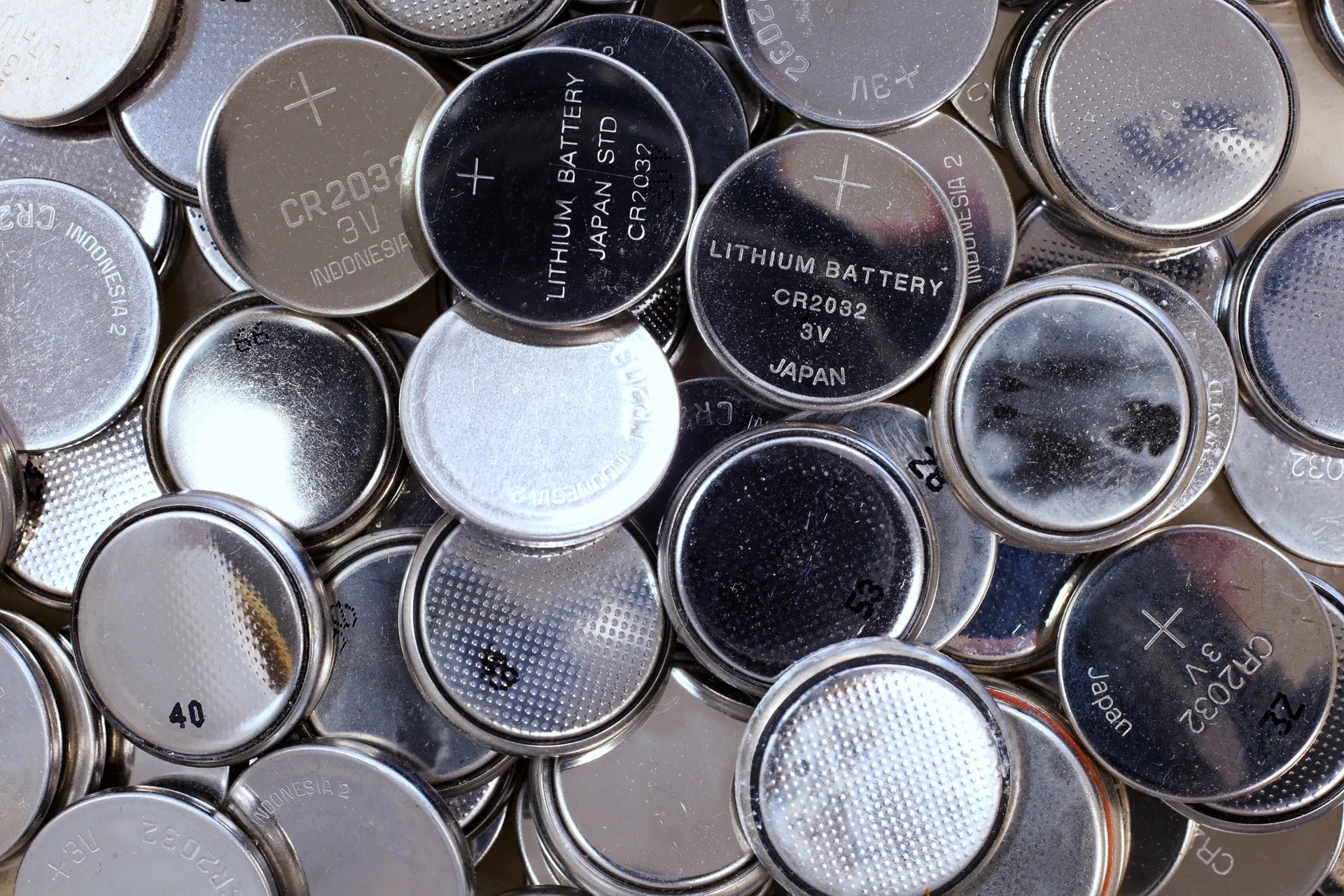
AC
Alternating Current
A type of electric current that periodically reverses direction, unlike DC power, which stays continuous. Grid power is always AC—however, EV batteries currently only store power as DC.
Amp, A
Ampere
The “SI” base unit of an electric current; amperes are used to measure electric current and flow rate through a circuit.
Amp-Hrs, Ah
Ampere-Hour
Used to measure the electrical storage capacity of a chosen battery. Riders can easily calculate their Amp-Hrs by multiplying their current amperes and the time it takes the battery to discharge. For example, 10 amperes for 5 hours is 10A x 5 hours, for a total of 50 Amp-Hrs capacity per charge).
BMS
Battery Management System
A BMS is an electronic system implemented to manage, maintain and protect a rechargeable battery from faults and common causes of damage. This includes regulating a safe operating temperature, monitoring the state and health of the battery, diagnosing active issues, and more. These systems have quickly become the standard for all modern PEV/PLEVs.
Capacity
This refers to the number of Amp-Hrs/Ah that a battery delivers at a certain discharge rate and temperature. This value is not a fixed value and will decrease in the event of an increased discharge rate. There are a huge number of factors that affect the capacity of a battery, including temperature, age, alloys/materials, design, and much more.
Cell
A standard current-producing unit found within the battery. A cell is always made up of positive and negative plates coupled with electrolytes, separators, and casings. For example, a 12V lead-acid battery contains only six cells; with only 4 lithium-ion cells required to provide 14.8V of power.
Charging Port
The charging port is a physical connector (typically a plug) that connects two devices. This is essential for any rechargeable PLEV model. For example, an eScooter is connected to a power source via the charging port (usually plugged into the main electricity grid) to recharge the battery.
Cycle
A battery cycle is made up of a full discharge and recharge, also known as a ‘charge cycle’. Most modern lithium-ion batteries claim a lifespan of between 400-600 charge cycles.
Discharging
Any state where the battery is using, losing or delivering current is known as “discharging”.
Electrolyte
An electrolyte is a substance used to conduct electricity when dissolved in water. Not only are they used in batteries, but they’re also found throughout our bodies in the form of sodium, calcium and potassium. In batteries, they allow the electrical current to flow between the anode and cathode.
Fast Charging (Levels 1, 2 & 3)
This term refers to any PLEV model utilising level 2 charging, supplying up to 240V and cutting charge time in half. For reference, level 1 charging delivers 110-120V of AC power.
However, level 3 charging (known as DC charging) supplies up to 480V and remains the fastest form of charging available; reportedly capable of charging a 100-mile EV battery in just 30 minutes. When we mention ‘rapid charging’, we typically refer to levels 2-3.
Li-ion
Lithium-ion
A highly efficient type of rechargeable battery cell. Currently, this is the most widely-used battery type in PEVs and commercial electronics alike. Learn all about the future of battery technology here.
Removable/Swappable Battery
This term refers to any battery which is not fitted within the PLEV frame and is fully removable and replaceable. We prefer these designs, as they allow for easy remote charging and an added layer of convenience.
Short Circuit
Caused by unintended or excessive current-bypass (usually overvoltage) in an electrical component or its wiring. Within a battery, contact between the positive and negative plates via conductive charge will cause the cell to discharge, ruining the battery.
kW/kV
KiloWatt/KiloVolt
Used as a unit of measure for one thousand watts/volts of electrical power.
Volt, V
Used as a unit of measure for electrical potential or voltage of a cell.
Watt, W
Unit of measurement for electrical power. Wattage represents the amount of energy required for an item or component to function, alongside the rate at which the energy is used. Easily work out the wattage of your model with this formula: amperes x volts = wattage.
Watt Hour, Watt-Hrs, Wh
A watt-hour is a unit of energy measurement equal to the amount of power sustained for one hour (or up to 3600 kilojoules).
Common PLEV Terms: Design & Performance
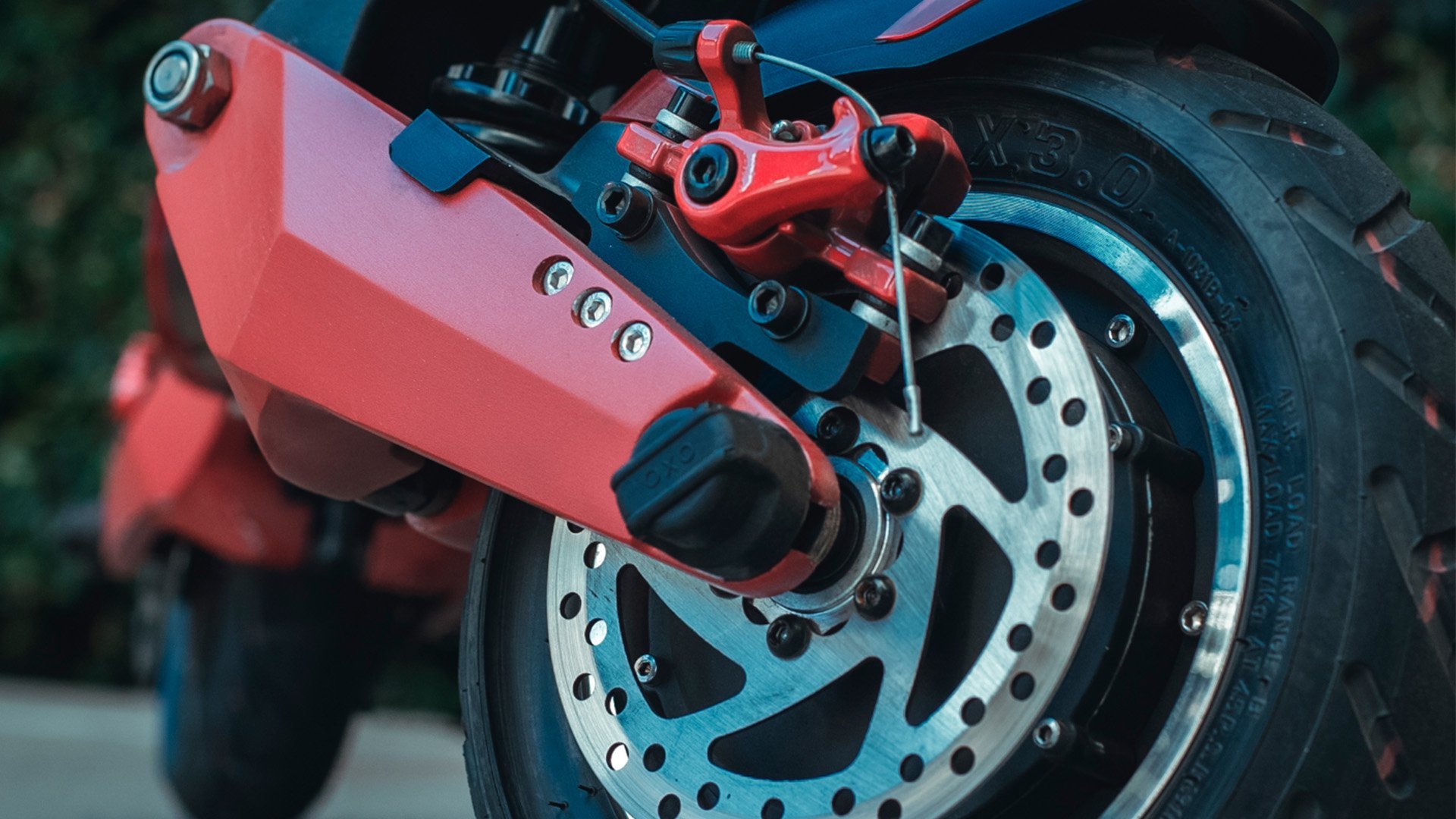
Brushless Motor
The brushless motor is an advanced electric motor design, utilising hall-effect sensors to replace the noisy brush and communicator system. Brushless motors often prove lighter, quieter, and more efficient than their predecessors.
Controller/Display
Often found mounted on the handlebars, a controller allows riders to set speed limits, enable cruise control, change motor modes/gears, and more. Most modern PLEV models will combine both the controller and display into one convenient unit (allowing riders to check their mileage and battery life, for example).
Cruise Control
Often enabled through the controller, cruise control automatically controls the speed of your PLEV as set by the rider. The system allows riders to rest their wrists as cruise control takes control over the throttle to maintain a consistent speed.
Dual Motor
Quite self-explanatory, this term refers to any PLEV model utilising two motors at once; often for a massive increase in power. Models with this feature often allow riders to switch between single and dual motor modes.
Dual Disc
Dual or double disc brakes are most commonly found in eBike models, although many eScooter models also utilise these effective brakes. They are a direct upgrade from traditional brakes, as both disc brakes are active at the same time, resulting in better heat regulation and stopping power.
Deck
The deck refers to the main body of an eScooter model. This is typically covered by a grip mat for added traction, control, and safety.
Drive Train
When regarding eScooters, this term references the transaxle and motor. However, some manufacturers will distinguish between these two components due to warranty coverage.
Folding Frame
The frame makes up the bulk of eScooter, eBike, and hoverboard models. It houses wheels and other fitted components, coming in a variety of designs and often made from materials such as aluminium, carbon, steel, etc. In modern designs, frames have become fully foldable and compact, allowing for easy transportation and storage.
Integrated
Any component fitted within the frame that is not removable. If choosing a model with integrated components such as the battery, ensure it has a good IP rating first.
Kickstand
A small extendable metal leg used for upright parking when stopped, often located on the rear side of the deck or frame.
LCD
Liquid Crystal Display
An LCD is a form of flat panel display that utilises liquid crystals to operate. These liquid crystals do not directly emit light and instead produce images in colour via a backlight or reflector. The main difference between these and LEDs is that LCDs use fluorescent lights, whereas LEDs use light-emitting diodes.
LED
Light-Emitting Diode
LEDs consist of a semiconductor diode, which in turn emits light when conducting current. LEDs are very commonly found in electronic displays, as well as many other forms of lighting.
Motor
This component is found in every vehicle and remains fully electric when utilised in PLEVs, PEVs, and PEVs. These electric motors greatly assist the rider and see integration in a variety of places. For example, eBikes models utilise either mid-drive or hub-drive motors, discussed here.
Mp/h & Km/h
Miles per Hour / Kilometres per Hour
An abbreviation for Miles Per Hour and Kilometres Per Hour that refers to either the total miles or kilometres a vehicle travels in an hour. They are both a unit for measuring speeds, with 0.62 miles to every 1 km.
Nm
Newton-Metre
A unit often used to measure torque; one newton-metre is equal to the resulting torque of one newton applied at an angle of 90°, to the end of a metre-long moment arm. Although not very important for the average rider, this page explains newton-metres in greater detail.
Payload
This term refers to the maximum possible load carried by a vehicle without inhibiting its operation. Mentions of ‘payload’ or ‘maximum weight’ refer to this limit, usually of approx. 100-150 kg for most PLEV models. We recommend visiting the manufacturer listing to check if it’s suitable before purchasing.
Range/Mileage
Mi, Km.
Refers to the furthest distance (usually in miles/kilometres) any form of electric/hybrid electric vehicle can travel without requiring a battery recharge.
Regenerative Braking
A relatively recent addition to PLEVs, regenerative braking is an energy recovery system. It’s designed to convert kinetic energy generated from braking into power, in turn charging the battery. This addition helps extend the overall range from a single charge, maximizing efficiency.
Riding Modes
Usually between 2-3 levels, sometimes referred to as pedal assist. These offer varying levels of power and motor output, usually switched via the controller.
Stem
This is the longer ‘neck’ of an electric scooter, which almost always has the handlebars and controller attached to it.
Stopping Power
Refers to brake strength and how long it takes a PLEV to reach a complete stop. Effective braking is only possible if the vehicle has enough braking torque to fully lock the wheels at speed.
Torque
This term refers to the twisting force, in turn causing rotation in the wheel axis and electric motor. These electric motors remain capable of delivering maximum torque instantly, from zero revs. This distinct advantage is what gives the Tesla Model S one of the fastest accelerations of any car on the market; on par with some high-end Lamborghinis.
Thumb Throttle
Refers to a thumb-operated throttle, usually in the form of a lever or button and mounted onto the handlebars. These generally prove more comfortable than twist throttles during longer rides (although we still recommend choosing a model with cruise control).
Twist Throttle
Refers to the twistable handlebar grip, allowing riders to manually control the speed and power output of their eScooter or eBike. Although perfectly fine for most riders, a twist throttle proves strenuous to some during long rides without cruise control.
Zero Emissions
Refers to any vehicle that produces no harmful pollutants or particles during operation. This covers all types of electric vehicles, excluding hybrids. An example of a ‘zero emissions’ model includes the Nissan LEAF.
Common PLEV Terms: Standards & Certifications



IP-XX (IP54, etc.)
Ingress Protection, IP Rating
An IP rating/code is used to classify the corresponding degree of protection against the elements from an electrical enclosure; specifically for equipment with a voltage exceeding no more than 72.5 kV. This rating sets the standard for sealing efficacy against ingresses such as dust and dirt, alongside varying levels of water pressure.
Feel free to read about all of the IP ratings here, before continuing down our glossary of PEV terms.
SAE-J1772
Society of Automotive Engineers, North American Standard
Also known as a J plug, SAE J1772 is the standard electrical connector in North America for electric cars and other PEVs. These connectors are rated and maintained by SAE International, which ensures they match their rigorous safety standards.
UL Certified (2272)
Underwriters Laboratories (Safety Certification Company)
Any UL-listed product that has been confirmed by the ‘Underwater Laboratories’ global certification company as safe for use and meeting sustainability standards while having a minimal risk of electrical shock or fire damage. We highly recommend checking your chosen PLEV features for this rating before purchasing.
eBike Specific Terms
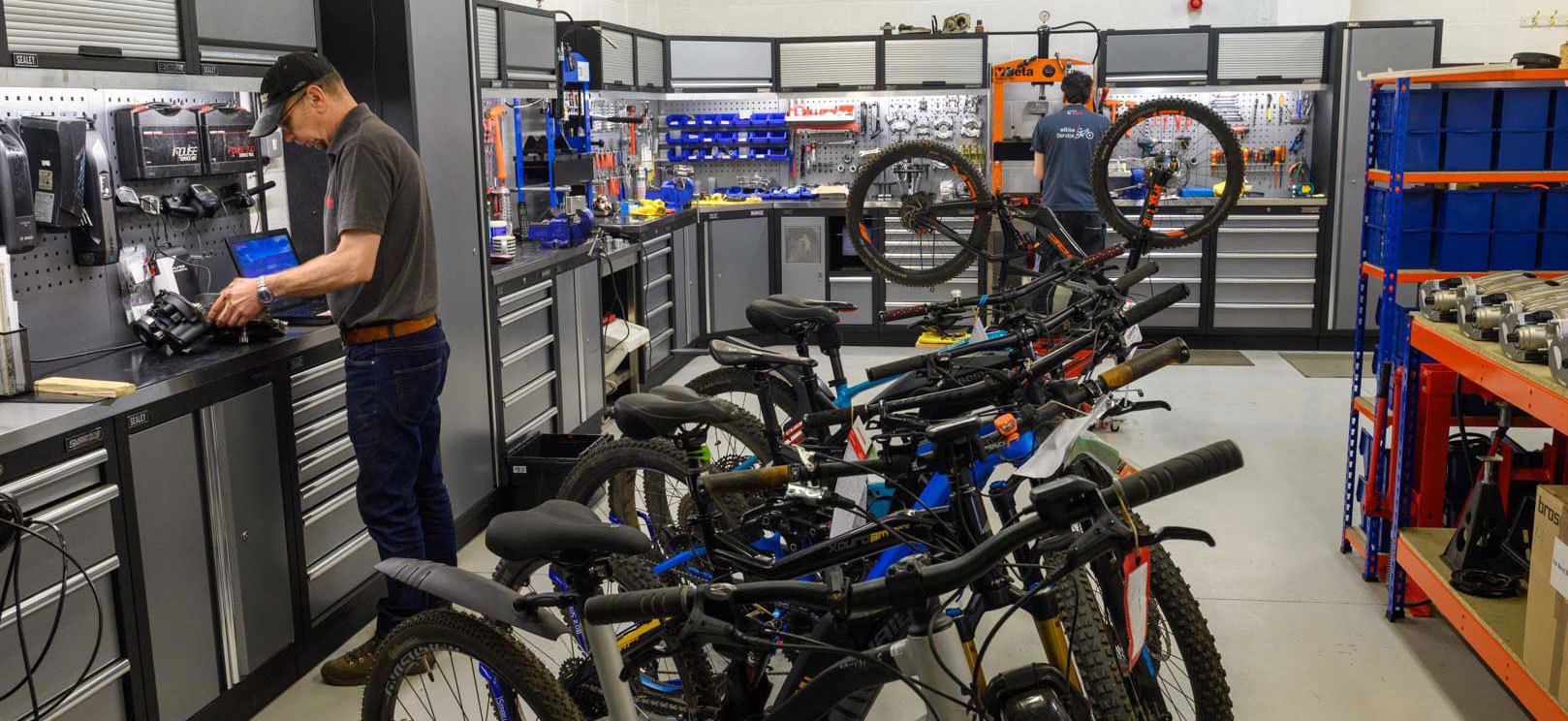


Derailleur
A crucial component in the power transmission system of a bicycle, working in tandem with the shifter to change gears in the front or rear wheel.
EPAC
Electric Pedal Assist Cycle, as commonly defined under European Law.
HTD/Drive Belt
High Torque Drive
This component is made from vertically-grooved fibre and a reinforced cog belt. The HTD gives a much greater surface area of contact with the pulley, improving performance.
Hub-Drive Motor
One of the most common eBike motor types, a hub-drive motor is integrated within the front or rear wheel; applying torque directly to the wheel and operating independently of the chosen eBike gear. In rare cases, some eBikes feature a hub-drive motor on both wheels.
Mid-Drive Motor
Almost always located in the middle of the bike and in between the pedals, a mid-drive motor transfers power to the rear wheel through the chain drive. Known for their improved performance and torque over hub-drive, a mid-drive motor takes full advantage of an eBike’s existing gears.
Learn all about the pros & cons of these motors in our Hub-Drive vs. Mid-Drive eBikes article now!
Pedelec
Any electric bicycle in which the rider must pedal continuously for the motor to run. Defied as PAS in Japan, EPAC in Europe, and Pedelec in parts of North America. Learn all about the PLEV laws of the US here.
Pedal-Assist/PAS
Pedal-Assist Systems
A speed control system that regulates the total power an electric motor receives. Riders must continuously pedal (at least lightly) in order for the motor to continue operation. These power-assisted speed control systems remain a requirement for most public roads in many countries around Europe. Most models with this feature offer 3 levels of pedal-assistance, each with varying power and top speeds.
Misc PLEV Terms & Tools
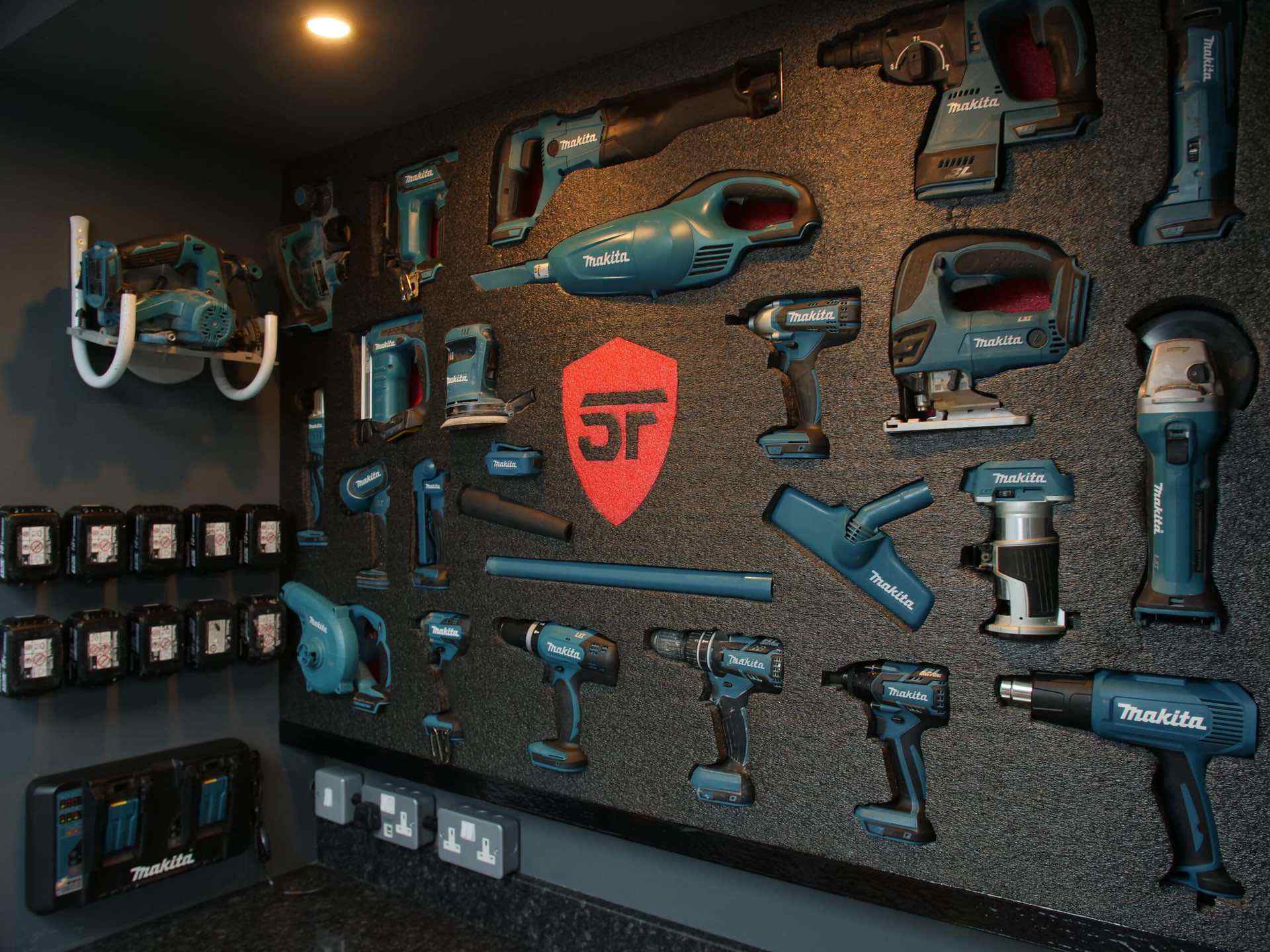


Aftermarket
Refers to any third-party market for spare parts, accessories, and components relating to vehicles. These are components and replacements not made by the original manufacturer, such as lighting, replacement handle grips, etc. We always recommend purchasing directly from the original manufacturer whenever possible.
Recommended Items (Trained Professionals Only)
- 1000V insulated gloves and other insulated items of clothing
- Protective face shield in the event of arcing
Insulated Tools
These are essential in staying protected against electrocution and other accidents when working on components, proving essential for any work on live circuits. Our top 5 recommended insulated tools to use are screwdrivers, spanners, sockets, pliers, and ratchets; which should prove enough for most maintenance jobs.
Check out our DIY eBike maintenance article for an essential list of tools to work on any eBike at home.
Closing
We highly recommend contacting the manufacturer or trained technicians before attempting to fix your PLEV solo. Always disconnect and power down any electric vehicle in a safe environment before undertaking any maintenance. We also highly advise double-checking your warranty expiry, as your PLEV repairs may still be covered by buyer protection.
Thanks for reading our glossary of common PEV terms; we hope we helped clarify the terminology of this industry. As always, feel free to leave us a comment, question or suggestion—we’d love to hear from you. Alternatively, return to our PLEV news articles now!


